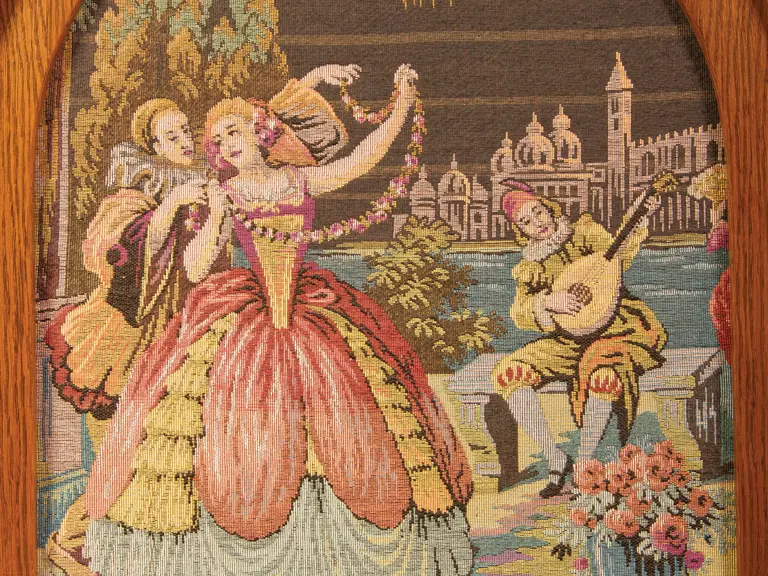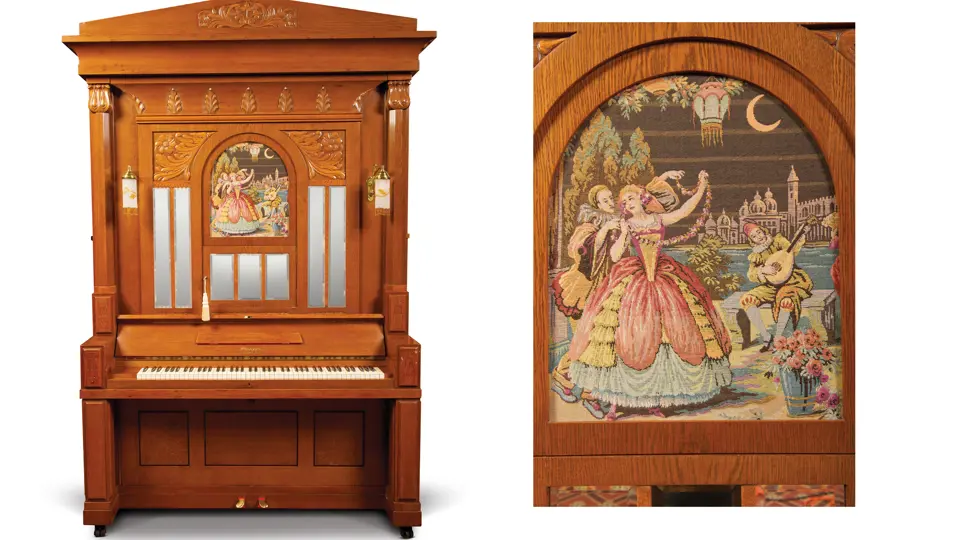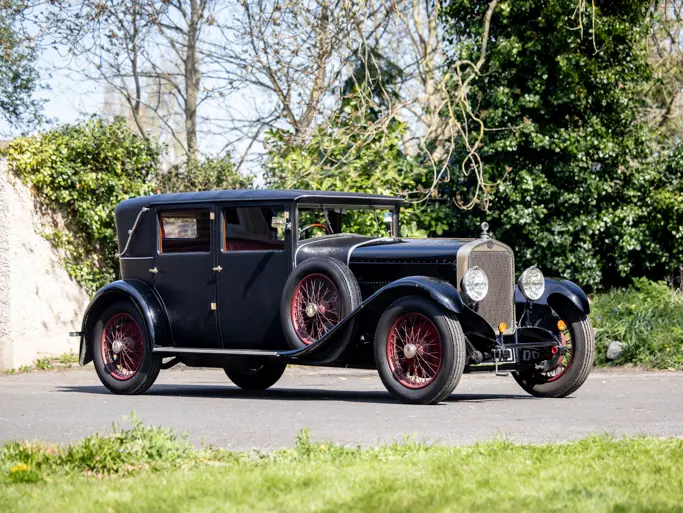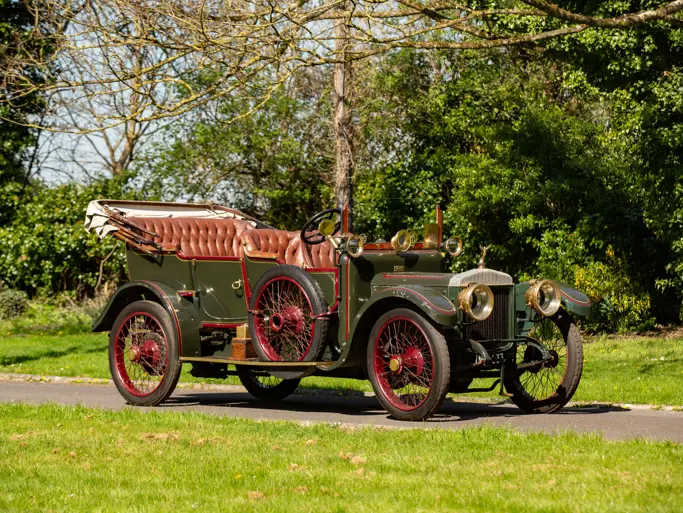 | Boca Raton, Florida
| Boca Raton, Florida
J.D. Philipps & Sons (Frankfurt, Germany)
The Philipps Model 3 Paganini was designed to simulate the playing of a real violinist with piano and harmonium accompaniment. The violin sound is produced by violin pipes rather than real violins. The pipe complement includes 39 soft violins, 39 loud violins, 27 solo flute pipes and 12 high octave pipes. The flute pipes are only rarely found in a Model 3 and give this example the added capability of occasionally playing beautiful flute solos. The harmonium adds the ability to accompany the pipe solos with organ accompaniment, separately or together with the usual piano accompaniment. The extended piano scale also provides piano solo capability with human-like artistic expression. Multi-speed swell shutters and vibrato mechanism, sophisticated piano expression devices and artistic music roll arrangements give the Paganini an unusually lifelike musical quality.
This example was originally used in the "Gasthaus zum Anker" restaurant in Wiesbaden-Bierstadt, Germany. From there it went to the Wendel Collection in Germany and then to the Krughoff Collection in Chicago, where a complete restoration was conducted by the D.C. Ramey Piano Co. in the 1990s. Cosmetic freshening of the front was done in the Milhous Collection, with a period tapestry acquired in Bruges replacing the original. The original faded tapestry is framed separately and included in this lot.
Only a few such instruments exist today, one of which is owned by Q. David Bowers. Some years ago a roll re-cutting project was conducted, with the result that the present Paganini has a simply marvelous library of several hundred rolls, many with multiple tunes.
J.D. Philipps & Söhne, of Frankfurt-am-Main, Germany, makers of many of the Wurlitzer PianOrchestras (two of which are offered in the Milhous Collection), also created a line of instruments using special rolls that featured violin-toned pipes as the solo instrument. Developed over a period of several years, the Paganini Orchestrion, as it was often designated, was introduced with flair at the 1910 World's Fair in Brussels, where it took a first prize gold medal. By that time Philipps had created other models as well. These were made in over a dozen different variations. Offered here is a Model No. 3, seemingly the most popular of all.
Sales were robust, and before long Paganini instruments were entertaining patrons of public places all across Europe. Production of the Paganini continued into the late 1920s. One Model 3 was imported by the Butchart family and brought to America in 1928, part of the famous Butchart Gardens attraction in Vancouver, British Columbia. Wurlitzer imported certain Paganini models to the United States and listed them in catalogs as the Wurlitzer Solo Paganini Violin Piano, the Wurlitzer Paganini Violin Piano or simply the Wurlitzer Paganini. Larger versions were known as Paganini Orchestras or Paganini Orchestrions. In America the Paganini seems to have found ideal use in restaurants, hotel lobbies and other places that desired music that was not loud but was lovely to hear. Farny Wurlitzer noted that the West Coast was the main market for these and estimated that several hundred various Paganini models were sold overall.
For the connoisseur and advanced collector, here indeed is a marvelous opportunity. Many years may pass before another crosses the auction block.
Reference: The Encyclopedia of Automatic Musical Instruments by Q. David Bowers (p. 577). 69x106x34 inches.







